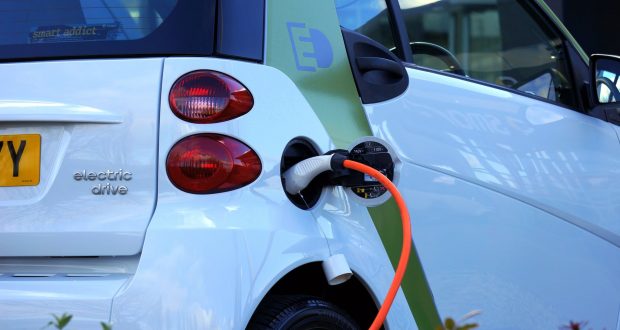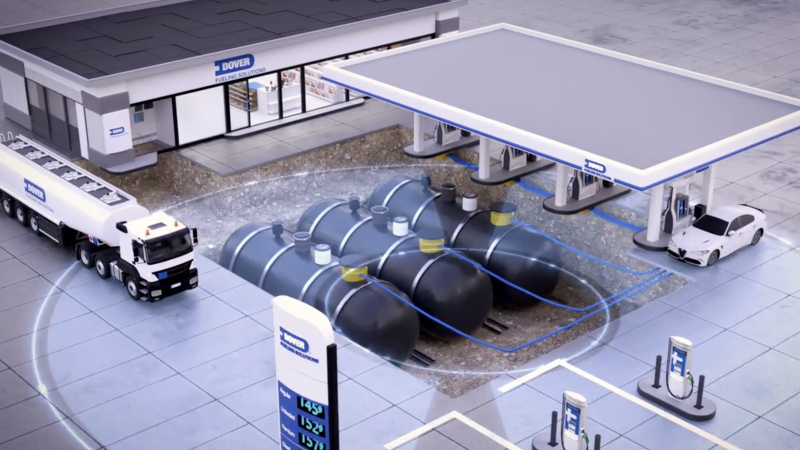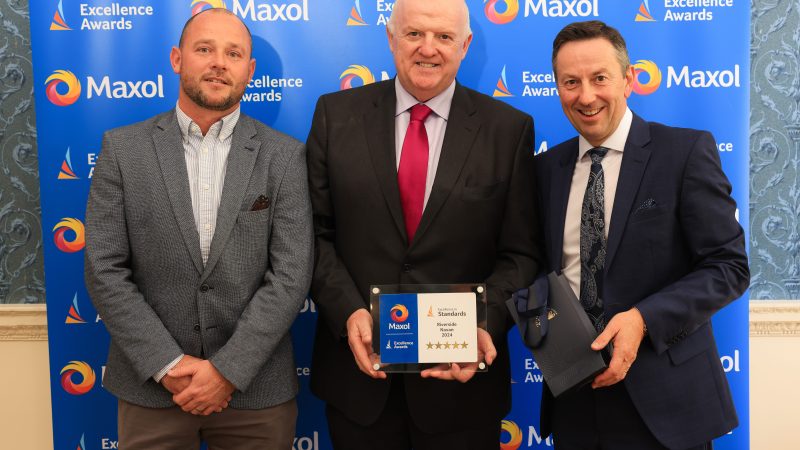An accelerating industry: the future of electric vehicles

With sales rising fast, IF&CR talk to Brian Cook, Director General for SIMI and Declan Meally, Head of Emerging Sectors at SEAIto bring you the latest in the world of EVs.
Defining EVs
EVs differ from fossil fuel-powered vehicles in that the electricity they consume can be generated from a wide range of sources, including fossil fuels, nuclear power, and renewable sources such as tidal power, solar power, and wind power. Whilst Battery Electric Vehicles (BEV), use a battery as the sole means of energy storage for the propulsion of the vehicle, other types of electric vehicles include Hybrid electric vehicles and Plug-in Hybrid Electric Vehicles (PHEV).
According to Colin, an electric car is powered solely by electricity stored in large batteries within the car: “The battery powers an electric motor which in turn drives the vehicle. The battery is recharged by plugging into charge points.” Declan says: “With a BEV there’s no internal combustion, engine gearboxes, or tail pipe emissions, as opposed to a traditional vehicle that burns fuel. The power from the electric motors goes directly to the wheels.”
Colin adds: “A Hybrid Electric Vehicles is powered by a combination of electricity stored in a battery and either a petrol or diesel engine and a Plug-in Hybrid Electric Vehicles (PHEV) which are similar to the HEV, in that they use an internal combustion engine (ICE) and electric motor. PHEVs can be charged from an electricity source, when not in use. The battery’s energy is recharged by the ICE, wheel motion, or by plugging into a charge point.”
Rising popularity
Launched in the mid-19th century, when electricity was among the preferred methods for motor vehicle propulsion, EVs enticed market players with their level of comfort and ease of operation that could not be achieved by the gasoline cars of the time.
In the 21st century, many EVs underwent technological developments and the focus shifted on renewable energy. During the last few decades, environmental impact of the petroleum-based transportation infrastructure, along with the fear of peak oil, has led to renewed interest in an electric transportation infrastructure.
A key advantage of hybrid or plug-in electric vehicles is regenerative braking, which recovers kinetic energy, typically lost during friction braking as heat, as electricity restored to the on-board battery.
Declan says: ““There are a number of great benefits that go with driving an electric vehicle. The cost savings is a massive perk. To go on a journey of 200km, it would cost around €1.50 to charge an electric car. However with a petrol or diesel car you could be spending 20 to 30 euros on fuel for that length of a journey. You also have the benefit of being able to charge up your car at home, and leave it overnight to be fully charged.”
According to Colin, the most obvious benefit to driving an electric vehicle is the environmental benefits with fewer emissions and reduced use of fossil fuels. He suggests: “A most efficient use of energy means a low running cost and less moving parts with less wear and tear.”
However, consumers are encouraged to not jump at the chance to get their hands on an EV without serious thought. Colin adds: “There are practical considerations to make when deciding whether to purchase a car whether it’s full electric or a hybrid or a combustion engine. A draw back at present would be range anxiety, the distance the vehicle can travel, while this is improving, it is still a concern raised by many drivers, but an anxiety that will decrease as more charging points become available and range in cars is extended.”
Declan adds: “Many people think the market is scarce and all electric cars are within a specifically high price category, but there is a wide range of electric vehicles in a variety of price levels. Nearly all car manufactures are looking to create electrically powered vehicles in the future, so that variety is only going to grow.”
The current market
Last year, 2.1 million new electric vehicles were sold worldwide. China is the world’s largest electric car market, accounting for 1.2 million – 56 percent of all electric vehicles sold in 2018. China also accounts for 99 percent of sales of electric trucks, buses, motorcycles and scooters.
The US came a distant second with 361,000 new electric cars sold in 2018, almost half of which were the new Tesla 3 model. In terms of market share, Norway leads the way – 49 percent of new cars sold were pure or hybrid electric.
According to Declan, the market has seen extraordinary growth in recent months: “The SEAI provide grants for electric vehicles; €5000 for a domestic vehicle, and €3800 for a business vehicle. We started in 2009, and year on year it’s been a slow growth, but generally, we see a doubling in the market each year. This year we’ve seen a fivefold increase compared to last year. We granted 8200 vehicles in 2018, and in 2019 we have 2000 applications for vehicles in January and February alone.
“On average, 2 percent of all new vehicles sold last year in Ireland were electric, and this is likely to rise to 3 or 4 percent this year. Even though the numbers may seem small, the take up rate is accelerating at a phenomenal rate.”
Colin says: “Many manufactures such as Hyundai, Nissan, Renault, Volkswagen, BMW, Jaguar, Audi, Tesla, and Citroen have developed their own electric vehicles while others such as KIA, Mitsubishi, Land Rover, Volvo, Toyota, Mini, Porsche offer hybrid or Plug-in Hybrid Electric Vehicles. With the rapid developments in technology many more car manufactures are launching vehicles into the market and there is a growing variety of vehicle makes and models for customers to choose from. All vehicle manufactures are in this space at the moment and will need to be into the future.
Looking ahead
As the Industry works towards zero emissions, the national fleet will see a dramatic renewal with less environmentally damaging cars replacing older in the Irish market. Across the globe, Germany is to stop the sale of all new petrol and diesel cars from 2030, Scotland from 2032, and France and the UK from 2040.
Colin says: “Electric vehicles are starting at a low base and we can only expect them to continue to grow over the coming years. This increase is a result of a concerted effort by all stakeholders; by the Industry in supplying more new EVS with greater travel range; by the Government through the generous taxation and other incentives; and by SEAI with their grant scheme. Ireland’s transition to a zero emitting fleet will take a number of years to happen, but the co-operative approach by the Industry and the State thus far bodes well for the future.”
Declan says the SEAI predict rapid growth in years to come: “It’s really hitting a tipping point at the moment because of the ranges, the choice, the cost, and I believe we’re at peak with incentives at the moment where people are recognising that it’s a great time to buy.”
With sales growing steadily across the globe, the future for EVs looks bright. The challenge now will be ensuring that adequate charging points are installed across the UK and Ireland and retailers are prepared for the rapid changes to come.
Declan says: “We’ve been working on a public engagement programme with the Irish Motor’s Society (SIMI) for the last 12 months, working on a lower emissions taskforce. Everyone is working together to get public awareness going and ensure retailers are up to speed.
“From a charging network point of view, the key is developing charging options, and looking at all sorts of fast charging opportunities. An average charge can take around 20 minutes, so retailers can use this opportunity to seize profits in the way of promoting coffee or food when someone is waiting for their vehicle to charge.”
According to Colin: “People stop at forecourts to fuel their car, EV drivers will do the same except they will be looking to charge their car. Fast chargers will be a must for these drivers as they will not want the inconvenience of waiting a long time to recharge. So retailers will have to install adequate charging points at well-marked designated locations on their forecourts.”







